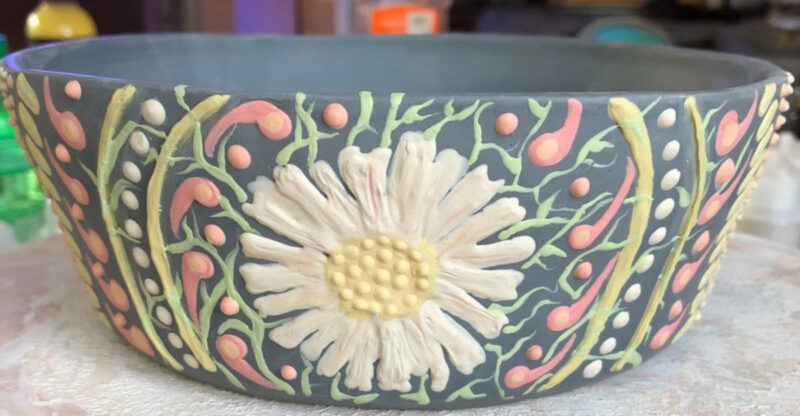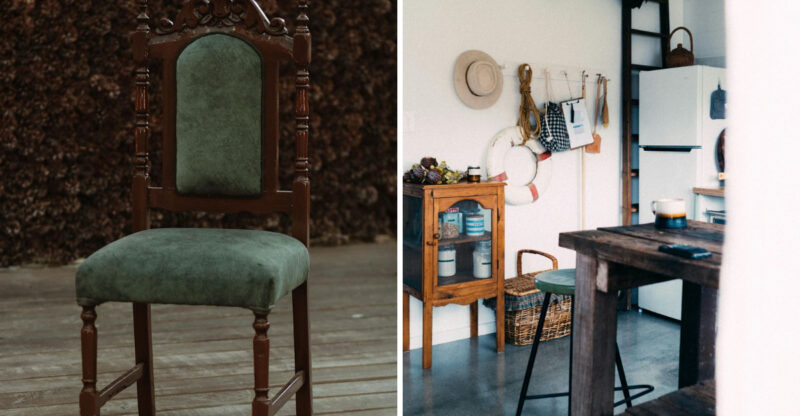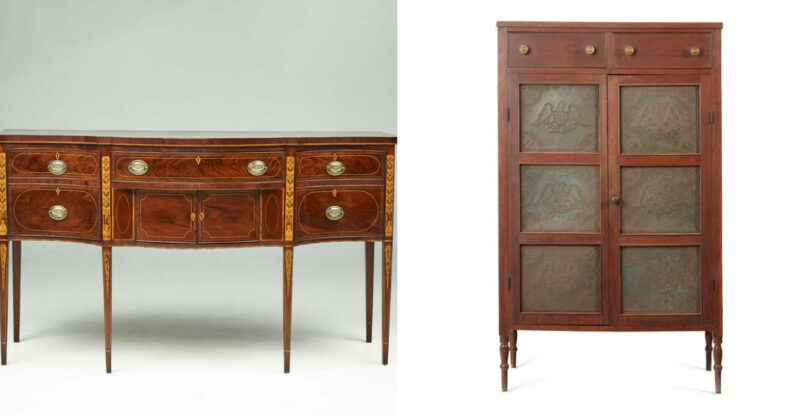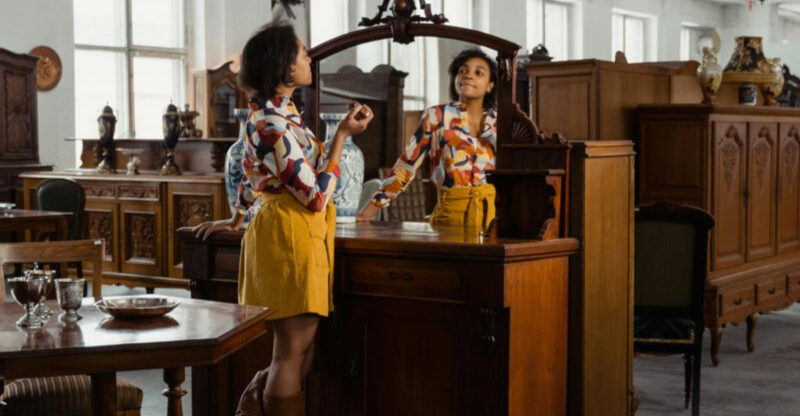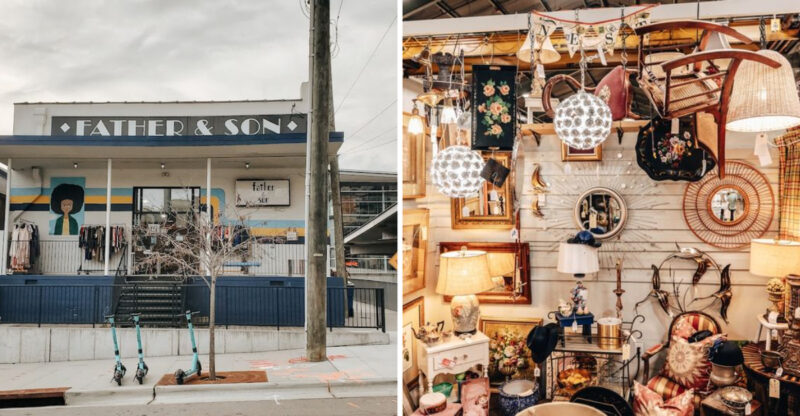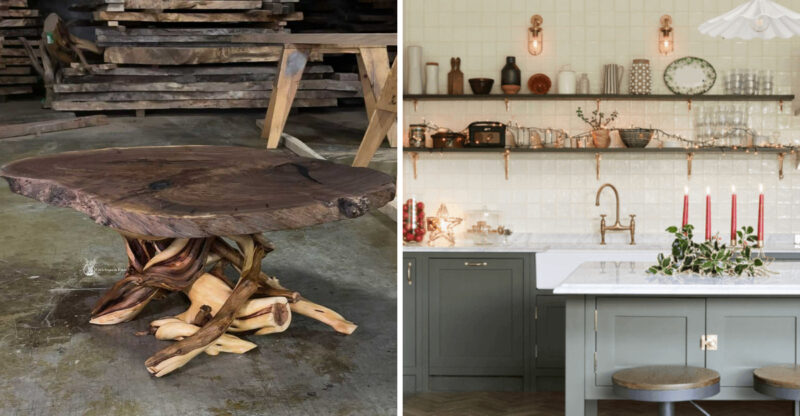9 Questions I Always Ask Before Buying Vintage Furniture
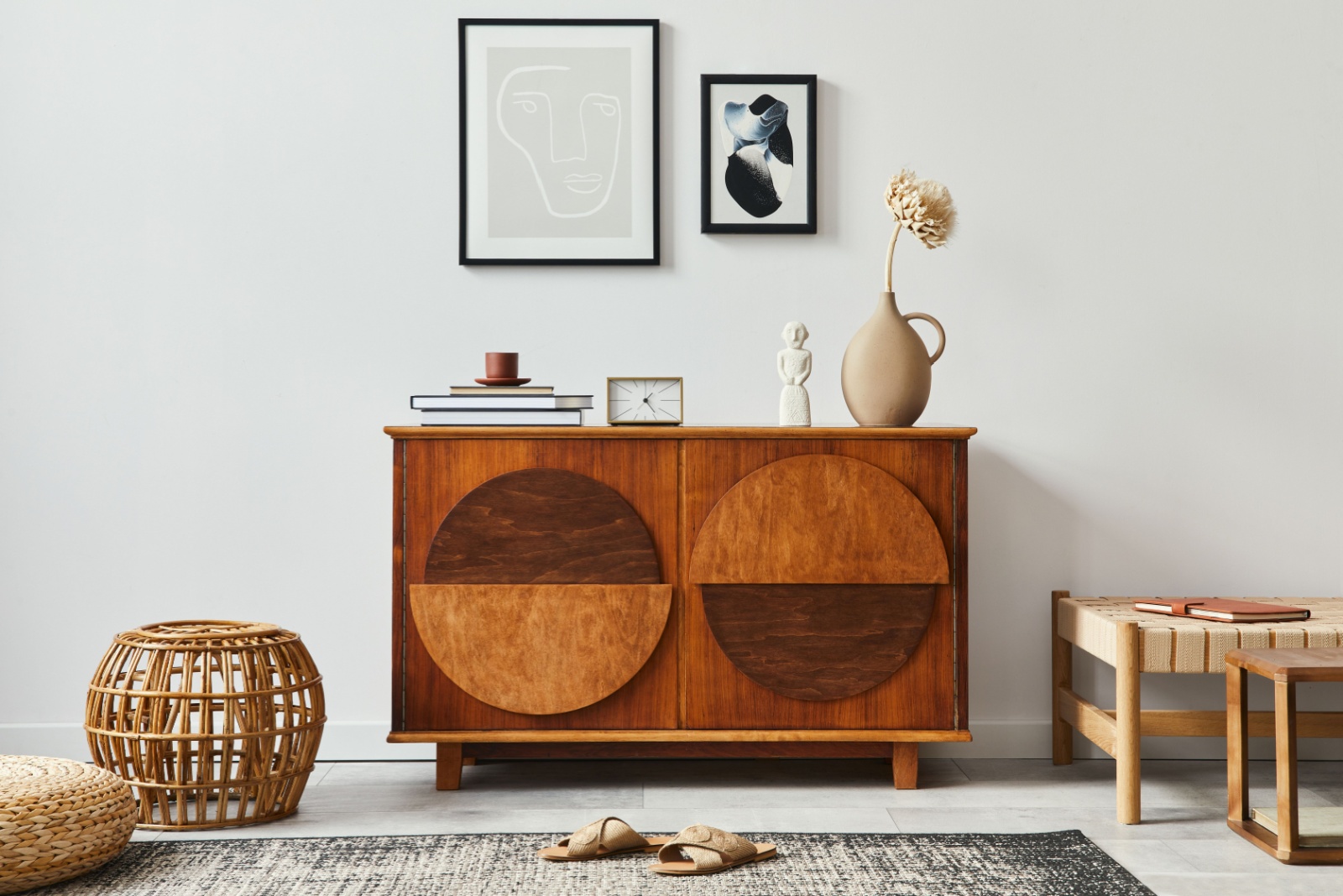
Shopping for vintage furniture can transform your home into a space with character and history. However, not every antique piece deserves a spot in your living room.
Over my years as a designer, I’ve developed a mental checklist that saves me from buyer’s remorse and helps me spot true treasures among the dusty valuables. Personal taste, condition, and context can all affect whether a vintage piece is the right fit for your home.
1. Is It Structurally Sound?
Wobbles aren’t charming, they’re red flags! Before falling in love with that gorgeous mid-century chair, I always give it the sit test. Does it creak? Wobble? Feel unstable?
Structural integrity matters more than pretty veneer. I check joints, legs, and weight-bearing areas by gently rocking or lifting the piece. Loose joints might be fixable, but major structural issues can turn your dream find into a nightmare project.
2. Are There Any Signs Of Pests Or Damage?
Though I adore character, there’s a difference between patina and pest damage. Little holes in wood could signal an active beetle infestation that might spread to other furniture pieces.
I always inspect undersides, backs, and dark corners with a flashlight. Wood dust piles, strange odors, or soft spots might indicate unwelcome critters.
Water damage stains, warping, and mold are equally concerning and might not be worth the restoration headache.
3. What’s The Piece Made Of?
Materials tell me everything about quality, durability, and value. Solid wood beats particleboard every time, but not all woods are created equal.
Oak, maple, and walnut typically outlast softer woods like pine. I run my hands along surfaces to feel for veneers versus solid construction.
Metal components? I check if they’re brass, steel, or cheaper alloys. Understanding materials helps me determine if the price aligns with quality and informs my restoration approach.
4. Is It Authentic Or A Reproduction?
Spotting fakes has saved my clients thousands over the years. Authentic vintage pieces typically have construction hallmarks unique to their era, dovetail joints, specific hardware styles, and patina that can’t be faked.
I always check for maker’s marks, labels, or stamps typically found on drawer bottoms or backs of pieces. Even without obvious markings, construction methods tell a story.
Hand-cut dovetails suggest pre-1960s craftsmanship, while perfectly uniform joints often reveal modern manufacturing.
5. Does It Need Repairs Or Refinishing?
Honest assessment of restoration needs prevents budget surprises. I mentally calculate repair costs before negotiating prices. Will it need new upholstery? Complete refinishing? Replacement hardware?
Some fixes are simple DIY projects, tightening screws or touching up small scratches. Others require professional intervention.
I factor these costs into my decision-making process. Sometimes a piece priced at $200 needing $300 in restoration isn’t the bargain it seems compared to a $400 piece in ready-to-use condition.
6. Will It Fit My Space And Style?
Measurements prevent heartbreak! I always carry a tape measure and know my doorway dimensions. Nothing’s worse than finding the perfect credenza that won’t fit through your apartment door.
Beyond physical fit, I consider visual scale. That stunning 1930s sofa might overwhelm a small living room, while delicate Victorian side tables might disappear in a loft space.
Style compatibility matters, too. I visualize how the piece will converse with existing furnishings. Will it be a statement piece or blend harmoniously?
7. Is The Price Fair For Its Condition?
Value assessment requires homework. Before shopping, I research comparable pieces online to understand market prices. Rarity, designer names, and historical significance all impact value.
I factor condition into my mental calculation. A mint-condition Eames chair commands premium prices, while the same chair needing reupholstering should cost significantly less.
Negotiation is expected in vintage shopping, but I aim for fairness. II want dealers to stay in business while getting good value for my clients.
8. Can I Transport It Safely?
Logistics matter! That gorgeous dining table might be perfect, but if it doesn’t disassemble and won’t fit in your vehicle, transportation costs could double your investment.
I always ask about disassembly options before purchasing larger pieces. Some vintage items have clever mechanisms allowing them to break down for transport.
For delicate or valuable pieces, professional movers might be necessary. I include these potential costs in my budget and decision-making process.
9. What’s The Return Or Resale Potential?
Smart collecting considers the future. If I’m uncertain about a piece, I ask about return policies. Most vintage dealers have limited or no returns, making decisions more consequential.
I also consider resale potential. Classic designs from recognized makers typically hold or increase value. Trendy pieces might depreciate quickly.
Quality construction generally ensures better long-term value. Even if I’m buying for keeps, knowing I could resell a piece if needed provides peace of mind.

